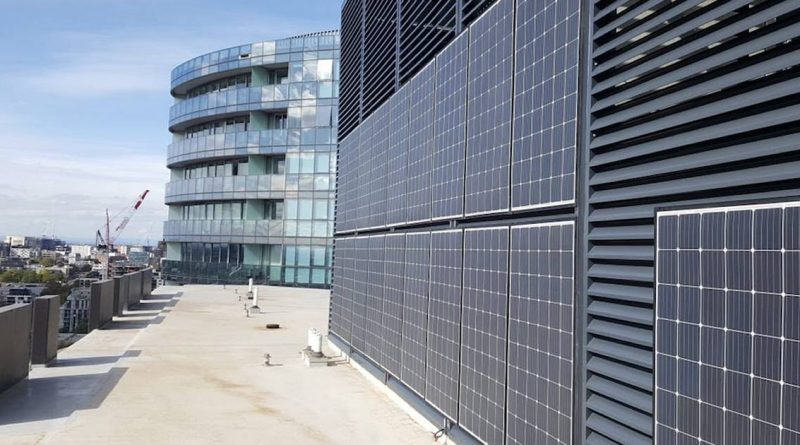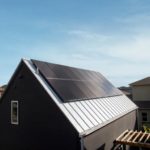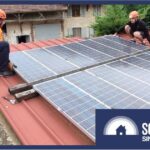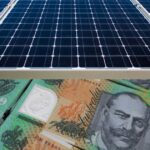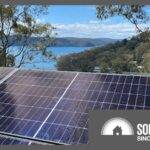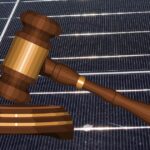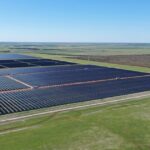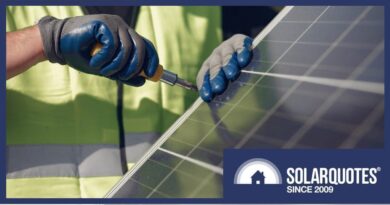Vertical Solar Panel Installation In Melbourne
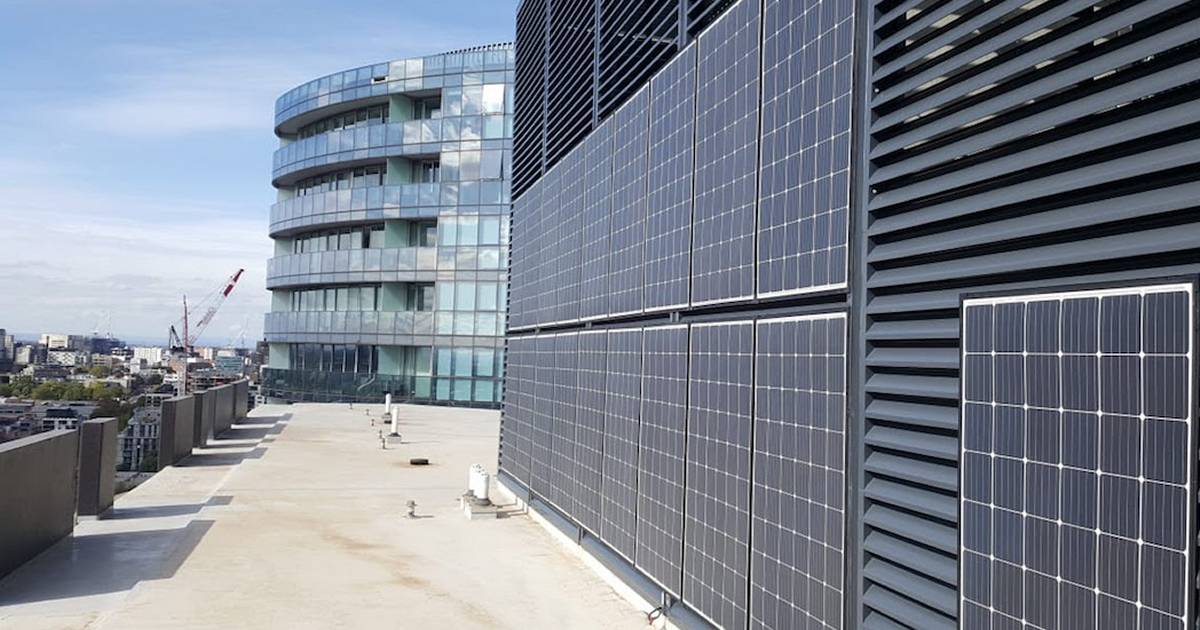
Image via Facility Management
Here’s something you don’t see often in Australia – a grid connected PV system with its solar panels installed vertically.
This article on FacilityManagement caught my eye – 87 solar panels installed vertically at the Harbour One residential development in Melbourne’s Docklands. The panels were installed in this way due to a lack of rooftop space.
Conventional panels couldn’t be used for the project as they were too heavy for the louvred surface they were to be attached to, so lightweight modules were installed (8kg vs. ~20kg).
This isn’t Australia’s first vertical solar installation, but they certainly aren’t common here yet. Existing installations include this house in Darlington, Sydney. Last year we also reported on a 30kW wall-mounted solar power system comprised of 105 solar panels at Australia’s Casey Research Station in Antarctica; which is in Australian territory. Vertical solar panels make sense in Antarctica given how low the sun is in the sky.
But as the cost of solar continues to plummet and technology advances, no doubt we’ll be seeing more this sort of thing – particularly in the form of what’s called BIPV. That stands for building-integrated photovoltaics, where solar panels are integrated directly into a building; replacing ordinary building materials.
What’s The Impact Of Installing Solar Panels Vertically?
It depends, but in any circumstance in Australia (excluding Antarctica), there’s quite a drop in overall output.
While the article doesn’t provide capacity details of the Harbour One system to work with, I’ve referred to the SolarQuotes power loss table. If the panels are installed facing north, they would be generating around 33% less electricity than if at the optimum angle of 30 – 40 degrees if I’m understanding the table correctly. The difference varies depending on orientation; but in any scenario it’s significant.
Eek! My Panels Aren’t At 30 – 40 Degrees Tilt
Don’t panic. The optimum angle varies depending on location. Most roofs in Australia are at 15° or 22.5°; so while your solar panels are probably not at their theoretically perfect tilt angle, they will be close enough to not have a major impact on electricity generation. Learn more about solar panel tilt angle – and it’s also handy to understand orientation (direction).
The folks at Harbour One obviously really wanted solar power, and good on them. As for whether it stacks up financially, the article mentions the building’s owners’ corporation will save $6,000 a year on energy costs – but the cost of the system wasn’t noted.
Original Source: https://www.solarquotes.com.au/blog/australia-vertical-solar-mb1697/

